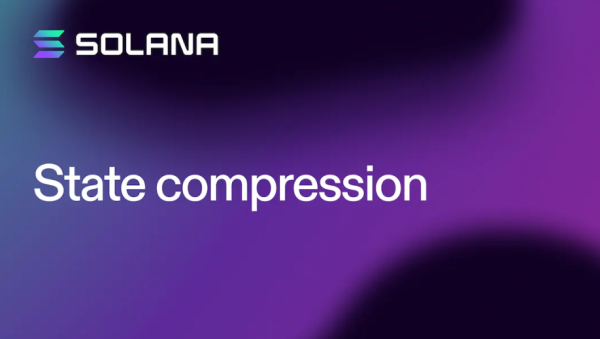Helium Has Concluded Its Migration to Solana Blockchain Platform
Helium, a crypto-powered wireless network, has successfully concluded its migration to Solana from its own layer-1 blockchain platform.
Helium founders have confidence in Solana as a platform capable of unlocking additional use cases around the Helium network. This could be boosted by a mass-scale non-fungible token mint that is linked to the migration.
During the migration process, a non-fungible token is minted representing every physical hotspot node that runs on the Helium network. They total more than 991,000 Solana NFTs. When they log into a wallet that is tied to the hotspot, the hotspot owners are able to claim their respective NFTs. The owners can also transfer and update their hotspot locations as they wish. According to public blockchain data, over 150,000 NFTs were minted on Wednesday morning. The minting process is still continuing even though there is a slight delay in the data on the platform.
The migration is the most significant test case for the state compression feature on Solana that permits creators to mint potentially large amounts of non-fungible tokens at a relatively low cost in comparison to other platforms and the standard Solana NFT minting process.
The Solana Foundation says its state compression feature cuts the cost of minting a million NFTs to approximately $113 worth of SOL (as of April 5). Without the state compression process, the standard minting of 1 million NFTs on Solana costs $253,000 worth of SOL or about $32,800 worth of MATIC on Polygon, an Ethereum sidechain.

Minting that amount of NFTs costs approximately $33.6 million on the Ethereum mainnet, according to the Solana Foundation. With the new state compression feature, both creators and brands can now serve huge amounts of NFTs to much broader audiences without incurring a massive cost.
Helium Foundation says it minted Solana NFTs to represent each of the close to one million Helium hotspots as the network serves as a network credential and authenticates the hotspot in a decentralized environment. The NFTs also allow for ecosystem-wide integrations such as access for hotspot owners and token-gated benefits.
In September 2022, a community vote approved Helium’s migration to Solana which launched a months-long process of executing the migration and incentives the hotspot owners to share their wireless networks by issuing them crypto token rewards.
Helium’s original network, the LoRaWAN, offers connectivity for lightweight Internet of Things (IoT) devices such as trackers and sensors and accounts for the majority of the hotspot tally.
The service enables hotspot operators to share their home or business internet bandwidth to help power the global network and incentives in return for their participation in the network.
Helium also hosts a fast-growing consumer-facing 5G network for devices like laptops and smartphones. However, this is still a nascent network with just 8,000 hotspots at the moment so the early 5G hotspot nodes are costing more than Helium’s IoT hotspots.
One of the original Helium network founders, Nova Labs, is also set to launch a Helium Mobile smartphone wireless service in the U.S. in the spring. This will pair Helium 5G connectivity with T-Mobile’s nationwide 5G coverage. Helium Mobile is marketed alongside the new Solana Saga smartphone which can also be used with other carriers.
https://virtualrealitytimes.com/2023/04/20/helium-has-concluded-its-migration-to-solana-blockchain-platform/https://virtualrealitytimes.com/wp-content/uploads/2023/04/Solana-art-600x503.pnghttps://virtualrealitytimes.com/wp-content/uploads/2023/04/Solana-art-150x90.pngBusinessNFTHelium, a crypto-powered wireless network, has successfully concluded its migration to Solana from its own layer-1 blockchain platform. Helium founders have confidence in Solana as a platform capable of unlocking additional use cases around the Helium network. This could be boosted by a mass-scale non-fungible token mint that is linked...Rob GrantRob Grant[email protected]AuthorVirtual Reality Times - Metaverse & VR
